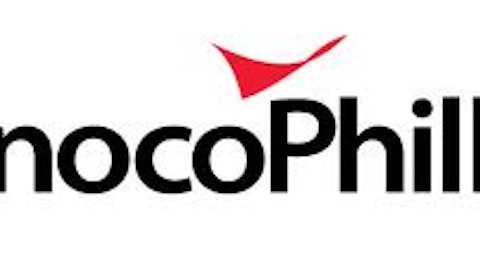“Joining the ranks” seems like an understatement, as Saudi Arabia has for many years been the world’s leading producer of oil, with consistent daily production of more than 9 million barrels nearly eight decades after that first successful oil strike. Key to this massive output is the Ghawar oilfield, the undisputed king of all oil fields. From its discovery in 1948 to the start of the 21st century, Ghawar supplied the world with an astounding 51 billion barrels of oil, and there are an estimated 71 billion barrels remaining. With reserves like these, it should be no surprise that the state-controlled Saudi Aramco is usually considered the most valuable company in the world.
Modern marketing’s origin story
A simple, plain-text advertisement in the May 29, 1886 edition of the Atlanta Journal marked the start of what may be the world’s greatest marketing effort:
The Coca-Cola Company (NYSE:KO)
Delicious! Refreshing! Exhilarating! Invigorating!
The New and Popular Soda Fountain Drink, containing the properties of the wonderful Coca plant [yes, that coca plant] and the famous Cola nuts. For sale by Willis Venable and Nunnaly & Rawson.
Pharmacist John Pemberton purchased this quick-and-dirty promotion for the drink he had invented just three weeks earlier, but it was nothing compared to the marketing blitz to come once true entrepreneurs got their hands on the secret formula. When Coke came under the control of Asa G. Candler, it got an intense promotional push, with sponsorships, branded products, and advertisements plastered on all manner of pre-broadcast media across the U.S. However, it was his 1919 sale of the company to a group of investors that would allow Coke to become a masterful marketing enterprise, because four years after that sale, lead investor Ernest Woodruff installed his son Robert Woodruff at the helm.
Robert Woodruff immediately recognized the ultimate importance of brand quality and brand awareness to the success of what everyone can ultimately agree is a completely unnecessary product. He quickly ramped up advertising expenditures and also spearheaded the creation of some innovative new merchandise concepts, including the now-ubiquitous six-pack, which broadened Coke’s reach and made it easier than ever for people to enjoy a cold, refreshing soft drink anytime and anywhere. His efforts during the years surrounding World War II also contributed greatly to Coke’s global cachet, as American GIs were frequently kept supplied with Cokes during the war via 64 overseas bottling plants established especially for that purpose. Of course, once the war ended, many Asians and Europeans who had gotten their first taste of Coke from a friendly Yankee could buy a Coke of their own once these plants simply shifted their distribution networks to civilian centers.
